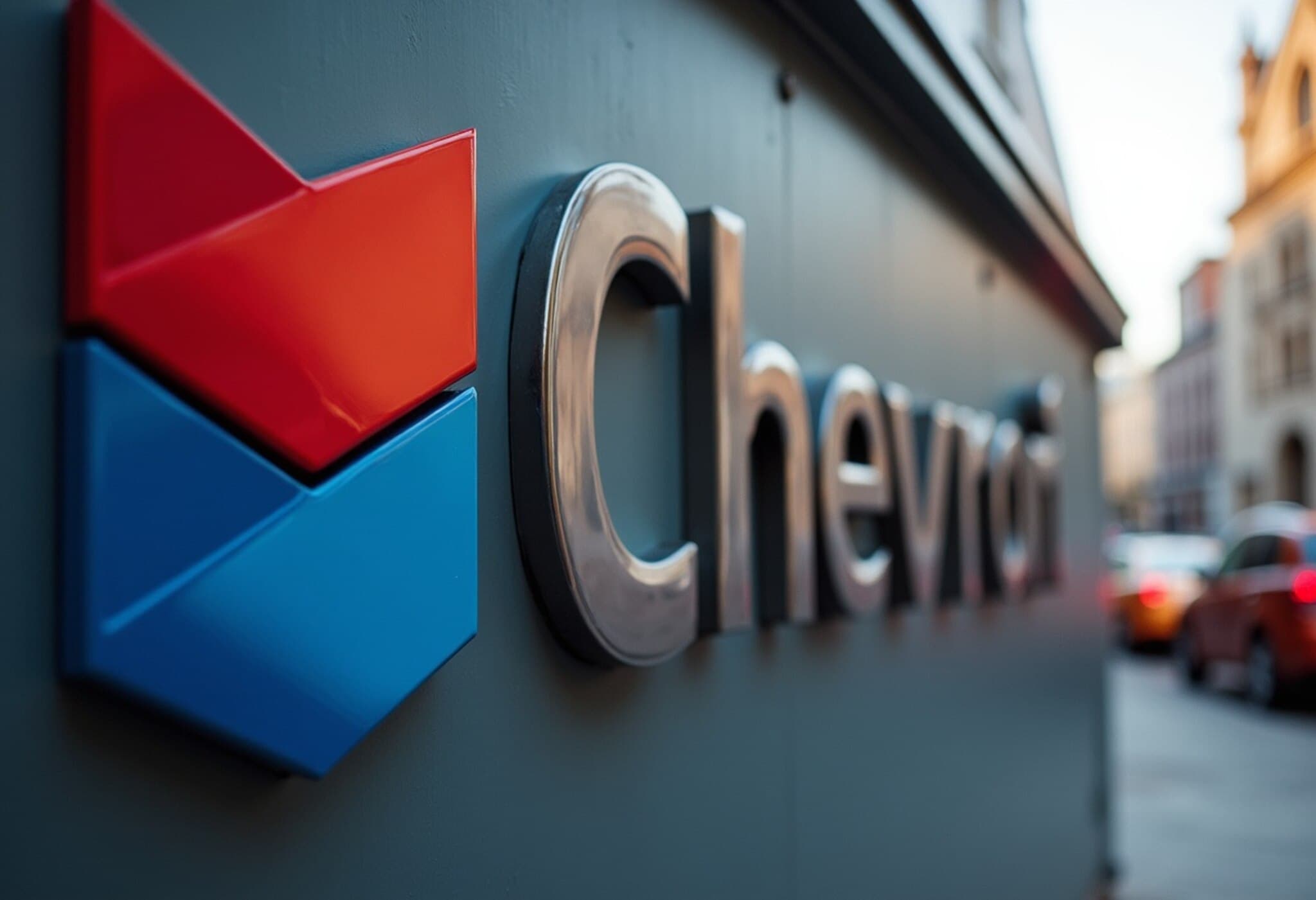Chevron’s Second-Quarter Earnings Fall Sharply on Market Pressures
Energy giant Chevron announced a significant decline in its second-quarter earnings, reflecting the ongoing challenges posed by persistent low crude oil prices coupled with a costly acquisition process. The oil major’s net income plunged approximately 43% year-over-year to $2.49 billion (or $1.45 per share), down from $4.43 billion (or $2.43 per share) during the same period last year.
The Hess Acquisition: A Complex Deal with Financial Implications
Earlier this summer, Chevron completed its highly scrutinized $53 billion acquisition of Hess Corporation on July 18. The deal had been mired in a prolonged legal battle, with ExxonMobil contesting Chevron’s right to Hess’ valuable assets, particularly in Guyana. An arbitration panel eventually ruled against Exxon, clearing the path for Chevron's acquisition to close.
However, the complex transaction has not been without its costs. Chevron reported a $215 million loss associated with the fair value accounting of Hess shares, weighing on the quarterly results. Yet, when adjusted for this charge and other one-time items, Chevron’s earnings per share rose to $1.77, comfortably surpassing Wall Street’s average expectation of $1.70.
Financial Performance Highlights vs. Market Expectations
- Adjusted Earnings Per Share: $1.77 vs. $1.70 expected
- Revenue: $44.82 billion vs. $43.82 billion expected
These figures illustrate Chevron’s resilience amidst fluctuating market conditions and underline the strategic value anticipated from the Hess deal.
Production Gains and Strategic Asset Expansion
Chevron reported a 3% rise in its global oil production, averaging roughly 3.4 million barrels per day in the second quarter. Notably, production in the U.S. surged 8% year-over-year to 1.69 million barrels per day, propelled by a milestone achievement in the Permian Basin, which hit 1 million barrels daily.
The Hess acquisition is set to bolster Chevron’s portfolio further, adding key assets across the Bakken formation, Gulf of Mexico, and lucrative Guyana fields. The company anticipates these new assets to contribute meaningfully to earnings starting in the fourth quarter.
Segmental Performance: Refining and Production Margins
Despite lower oil prices affecting upstream profits, Chevron's production segment generated $2.72 billion in profit, down 38% compared to $4.47 billion a year earlier. Meanwhile, the company’s refining business showed promising growth, with earnings jumping 23% to $737 million thanks to improved margins in product sales.
Chevron is also optimistic about operational efficiencies, targeting a $1 billion reduction in annualized costs by the end of 2025 related to integration and streamlining efforts from the Hess acquisition.
Expert Insights: What This Means for Chevron and the U.S. Energy Sector
This downturn in profitability highlights the delicate balance oil companies face in a volatile macroeconomic environment. Crude price fluctuations, geopolitical uncertainties, and regulatory pressures in key regions like the U.S. and Guyana continue to shape industry trajectories.
Chevron’s strategic acquisition of Hess represents a calculated bet on expanding its shale and offshore assets despite short-term financial strains. From a U.S. energy policy perspective, such moves reinforce the country’s ambition to boost domestic production amidst global energy security concerns. However, investors will watch closely how these additions translate into sustainable earnings growth against a backdrop of decarbonization efforts and shifting consumer preferences.
Unseen Challenges and Opportunities Ahead
- Legal Battles’ Legacy: The drawn-out dispute with ExxonMobil underscores complexities in multi-billion dollar deals within the oil industry, highlighting the legal risks that can impact financial results and investor confidence.
- Market Volatility: The sharp drop in oil prices continues to pressure margins, but diversified downstream performance provides a buffer.
- Operational Synergies: The ambitious $1 billion cost-cutting goal by 2025 signals Chevron’s commitment to capital discipline and integration efficiency, essential in an unpredictable market.
Looking Forward: Chevron’s Path to Recovery and Growth
Chevron’s Q2 results may have disappointed some investors, but the company's ability to outperform earnings expectations on an adjusted basis, alongside growing production volumes, paints a cautiously optimistic picture. The next few quarters will be critical, particularly as the Hess acquisition’s benefits start to materialize.
For policymakers and energy analysts, Chevron’s experience reflects the broader industry challenge: balancing investment in growth and new resources with navigating a low-price environment and regulatory headwinds. How Chevron manages this will likely serve as a bellwether for others in the sector.
Editor’s Note
Chevron’s recent earnings report serves as a vivid reminder of the oil industry's tightrope walk between navigating fluctuating market dynamics and executing large-scale acquisitions. While the Hess deal promises long-term asset growth and production gains, the short-term financial toll exemplifies risks inherent in such strategic moves. As the company embarks on integrating these assets, investors and observers should watch for how effectively Chevron balances cost reductions and leverages its expanded portfolio amid an evolving energy landscape shaped by climate policies and market volatility.














